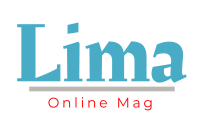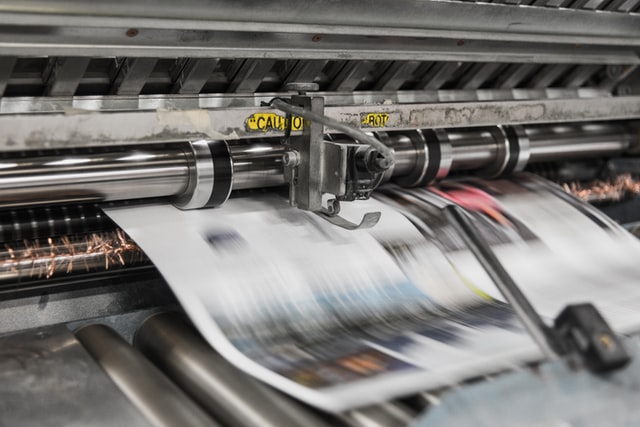Workplace injuries can lead to significant losses in profits and production time. Recently, the Occupational Safety and Health Administration (OSHA) reported that costs for worker’s compensation reached approximately one billion dollars weekly, and that money comes directly from business profits. Due to the hazards press operators face, the print industry continues to explore ways to prevent injuries. As a result of its efforts, companies have improved safety by implementing a few standard procedures. These include:
1. Protection
Wrist and hand injuries account for a majority of the types of injuries sustained by press operators. Not surprisingly, many incidents occur during the handling of steel doctor blades, which are extremely sharp. Anytime an operator installs, removes, cleans or disposes of steel blades, they risk contact with blade edges. However, if the correct type of cut-resistant gloves are worn during these tasks, a worker can avoid severe cuts and lacerations.
2. Health and Safety Training
Establishing company-wide safety policies and training employees on how to follow them can help to reduce work-related injuries. For example, steel blades should not be replaced while machines are still running. Also, blades should be covered at all times when not in use. These policies are even more effective when they are documented for staff to read.
3. Use of Plastic Blades
Fortunately, there are new plastics and composite materials used for blade manufacturing that will eliminate the risk of operator injury. These plastic blades are softer and relatively blunt compared to steel, yet they still produce high-quality results. One reason for plastic’s softer edges is due to particle size. Plastic particles are larger than steel’s, so the finest tip or edge will always be larger and therefore, less sharp. Another benefit of plastic blades is that they are stiff enough to be fitted with MicroTip®edges, which produce a small, fine-point contact with the anilox roll. MicroTip edges can also produce exceptional graphics because they can meter line screens up to 2000 LPI or 785 L/cm. Even though steel blades still might be necessary for some jobs, it’s reasonable for a printer to consider switching to plastic blades since they can significantly reduce hazards and also deliver high-quality results.
The bottom line for the printing industry remains reducing costs and increasing profits. If a company can make changes to increase safety, it can help reduce losses from worker’s compensation claims. These recommendations for businesses provide a helpful blueprint to make this transition.




